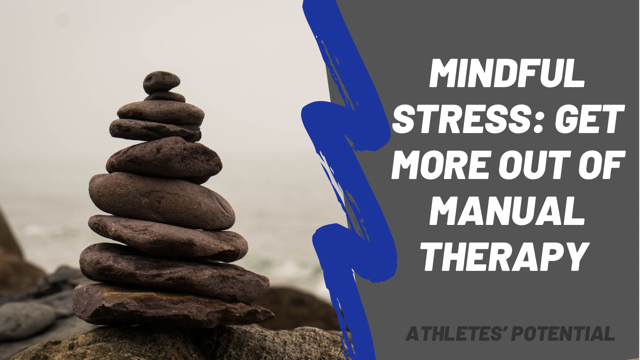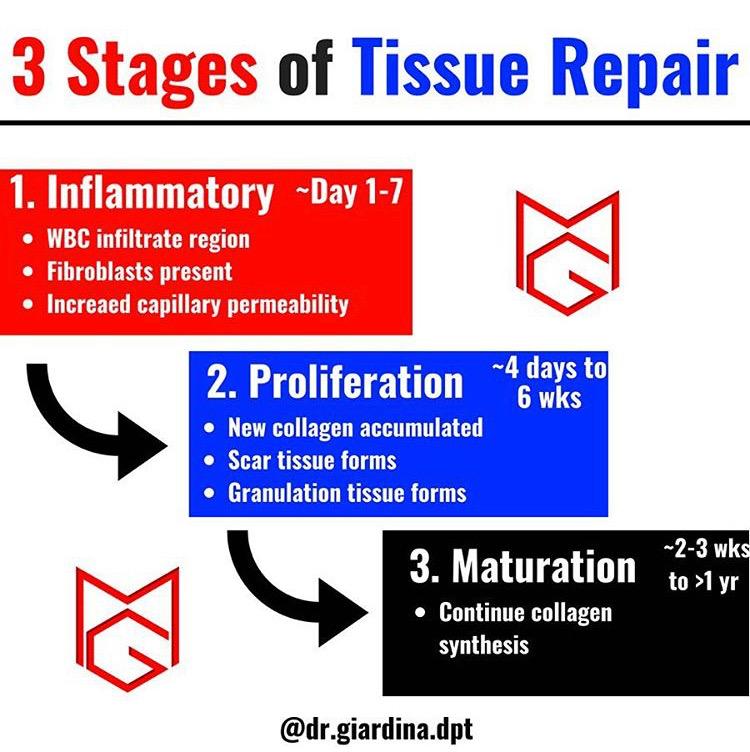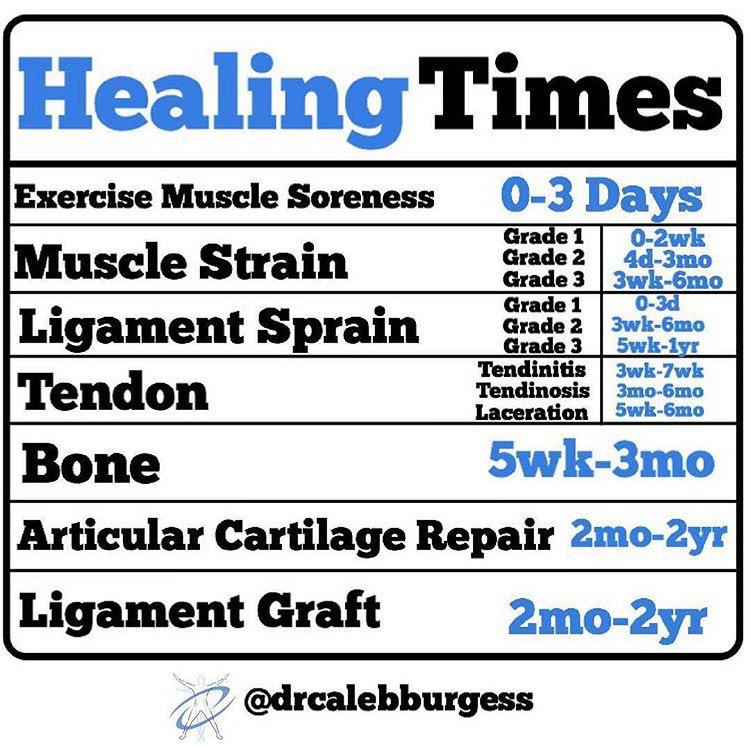PEACE & LOVE: An Updated Guide to Managing Soft Tissue Injuries
Jul 29, 2019
[https://blogs.bmj.com/bjsm/2019/04/26/soft-tissue-injuries-simply-need-peace-love/]
Have you ever pulled a muscle or tweaked something playing a sport? Maybe overdid it in a workout and didn’t notice it till after or the next morning? Every single person has experienced a soft tissue injury before – that can be muscle, tendon, ligament, etc. There’s a lot of mixed information out on the internet about what’s the best approach to hand a soft tissue injury when you experience one.
For the longest time, it was RICE – Rest, Ice, Compression, Elevation – while this isn’t completely wrong, it doesn’t meet the full standards of what we know today with science and research.
Here’s a handy acronym to help remember the essential components of how to manage injuries better in the future: PEACE & LOVE
Immediately after injury, PEACE:
PROTECT
- Avoid threatening movements or exercises that are going to provoke the injured area. You should minimize your time in this phase as too much “protection” can cause deconditioning to the injured area as well as systemically. Use pain as your guide – as soon as you can start moving that area, do it.
ELEVATE
- This is one that’s stood the test of time – elevate the injured tissue above the level of the heart to reduce fluid retention and manage swelling
AVOID ANTI-INFLAMMATORIES
- While NSAIDs are commonly used post-injury to manage pain, it actually can impair our body’s natural healing process. If you can manage it, try to reduce anti-inflammatories. If it is costing you the ability to sleep due to the pain, then choose appropriately or consult with a healthcare professional. Our body is remarkable and able to heal itself – let it do what it’s designed to do naturally.
COMPRESSION
- Applying pressure to the injured area allows for decreased swelling/edema and tissue hemorrhaging.
EDUCATION
- If you’re a medical professional, it is your job to educate your patients on this process and taking an active approach to best manage the injury – most importantly, putting the control within the patient’s care. Setting the expectations are huge here – being realistic about tissue healing times and a better understanding of the process as a whole. Below, I have included some great infographics by Drs. Mike Giardina and Caleb Burgess on the science behind the stage of tissue repair and tissue healing timelines.


Once some days have passed, it’s good to give it some LOVE:
LOAD
- Utilizing an active approach is key here – use pain as your guide to allow appropriate loading and movement of the specific tissues (i.e. ankle sprain – ankle pumps, circles, or isometrics in 4 different directions) – early loading has been shown to be very beneficial to get back to normal activity and life for a soft tissue injury and also improves the risk of a future reinjury.
OPTIMISM
- Are you a glass half-full or half-empty person? Perception is everything. We know that the mind is very powerful in how injuries impact us. There’s plenty of research that shows us an individual with a negative expectation has strong correlation with worse outcomes. The goal here is to stay positive and know that mother nature will take its course to get the appropriate tissues right with some accompanied TLC by the individual.
VASCULARIZATION
- Blood flow helps drive a lot of healing. Move early and move often. Get out an walk. Try to push your heart and lungs with other areas that are not injured (i.e. shoulder injury – ride a stationary bike or go for a walk). This plays into the healing process of getting new blood flow into the area and mitigating pain, ultimately, speeding up the recovery process.
EXERCISE
- The research is strong with this area. We know that exercise is what’s going to bring us back to level ground after an injury, and most importantly, prevent it from happening again. This exercise should be progressive and should incorporate range of motion, mobility, flexibility, strength, power, proprioception. This will make you the most bulletproof following an acute injury.
The thought to keep in mind is to try to play the long game. I see athletes often who come in and get out of pain then go right back to high-level activity without taking appropriate measures to progressively build it back up. What happens? Reinjury. Take the time to put in the work and I promise it’ll be worth it in the long run.
If you’re dealing with an injury and want more guidance and help, reach out with any questions. We design and implement rehab and performance programs to help our athletes, whether you’re someone who doesn’t know where to start or has had an unsuccessful rehab experience. It is our goal for the people we work with to return to their sport or activity performing better than they did before.
Cheers,
Dr. Ravi Patel, PT, DPT, CSCS
References:
https://blogs.bmj.com/bjsm/2019/04/26/soft-tissue-injuries-simply-need-peace-love/
Axe MJ, et al. Potential Applications of Hyaluronans in Orthopaedics. Sports Medicine. 2005.
Let us help you figure out to live your best active life today!
Remember, Movement is Medicine!

